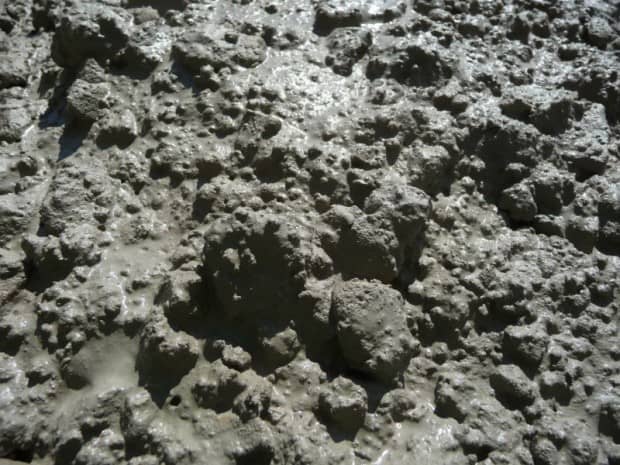
The cement industry aims to reduce greenhouse gases by 80% by the year 2050
4 minutes of reading
“Tomorrow’s cement industry will not only harness CO2 emissions but will also be producing its materials from waste. ” This is the ambitious target stated by the French cement industry trade union during its press conference on 14 November 2018.

The cement industry is aiming for an 80% reduction in its CO2 emissions by the year 2050.
How?
Firstly, by replacing fossil fuels with alternative fuels (waste oil, non-recyclable wood waste or plastics, sewage sludge). The use of these waste materials, which represented 41% of fuel used in 2016, will need to increase to at least 50% by 2025. The union is also encouraging the industry to produce innovative, low-carbon cements. The first cements of this kind, CEM II/C-M (M for mixture) and CEM VI, should be introduced on the market by 2020. By reducing the amount of clinker (the ingredient responsible for the majority of greenhouse gas emissions in production), these new materials will allow for a 25% reduction in CO2 emissions compared to the current average of all cements. Cement production is a major contributor of CO2 emissions throughout the world. Across the entire manufacturing process, one tonne of cement emits around 900 kg of carbon, and production continues to increase in line with demand from the booming construction sector. It is mainly used to produce construction materials such as concrete, mortar, masonry blocks, etc. There are other companies that already provide cements with a lower carbon footprint. Ecocem has been marketing its “ground granulated blast-furnace slag” cement in France since 2009. This contains no clinker contrary to traditional cement. Downsizing carbon emissions from 765kg per ton of concrete to less than 20 kg. There are also more eco-friendly alternatives to using concrete in the construction sector: CLT (cross-laminated timber) or even clay-based concrete, which is also a better regulator of temperature and humidity levels within buildings. These also consume less sand, another resource under pressure on a global scale, with 40 billion tonnes being taken every year. The era of low-carbon, green, innovative concrete is just beginning!Most read
More reading
Read also




What lies ahead? 7 megatrends and their influence on construction, real estate and urban development
Article
20 minutes of reading

